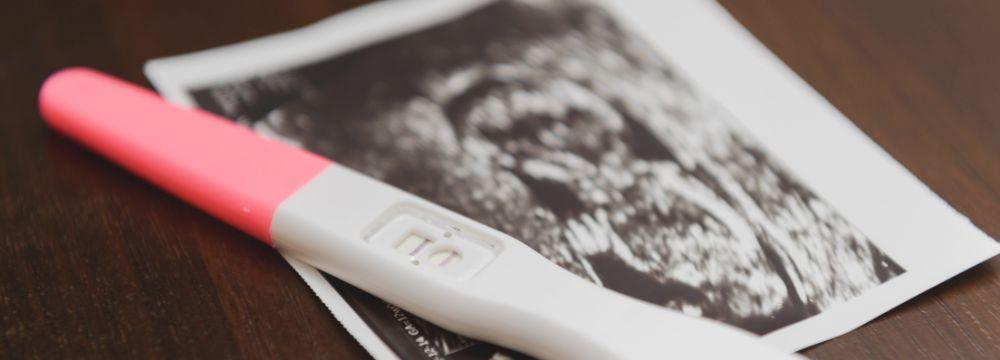We often hear about the adult obesity rate in the United States because of the generally staggering numbers. In many southern states, we’ve hit close to 40% of the population suffering from obesity. As a result, the incidence of diabetes, colon cancer, esophageal cancer and more has increased dramatically as well. These numbers are even higher for Hispanic adults and African Americans.
And while we do see some reports of adolescent obesity, the percentages are not as high, and many believe that the problem may not be as severe as it truly is. Approximately 19% of adolescents from 2-19 are obese and this is even more pronounced in Hispanics (almost 26%) and blacks (22%) according to the CDC. And this presents an incredibly dangerous situation. During these young ages, our metabolisms are at their highest, and typically, we are at our most active. Imagine the difficulties these adolescents, and others who may be overweight, will experience when they are older, less active and more stressed with slower metabolisms.
Younger generations have a better opportunity to address their weight issues through nonsurgical means. They have less on their minds – less stress – and have more freedom to play and burn calories. So why is this not happening? Unfortunately, when others in the household do not maintain a proper lifestyle, in the form of good dietary and exercise habits, this affects not only adults, but the children of the family as well. This is heightened by a socioeconomic divide that leaves poorer people with less access to the resources they need. Psychological factors, trauma and more can all contribute as well.
We know that obesity is not just a matter of calories-in-calories-out, but there’s also a hormonal and gut bacteria component to the disease. When younger children consume the high-fat, high-sugar and high-sodium foods that cause obesity, the microbiome of the gut becomes imbalanced and this reduces their ability to hormonally and metabolically shed the weight. This has led to an increase in childhood pre-diabetes and diabetes that threatens the collective health of an entire generation.
So, what’s the answer?
First and foremost, parents and household members must take care of their own health and set an example for their children. For some, this may seem out of reach and they may have tried diet after diet, exercise program after exercise program. For others, bariatric surgery may be the best option. In fact, we have many couples who both undergo bariatric surgery to lose weight and become healthier together. The lifestyle changes associated with the postoperative phase of bariatric surgery are significant and transfer to other members of the family. Especially children.
For some, risks of the bariatric procedure are often outweighed by a serious risk for younger onset of diseases such as heart disease, diabetes and more. While MASJax does not perform bariatric surgery on adolescents, we do believe that there is a place for this surgery in a limited set of circumstances. Most importantly, family members should be aware of the problems that can be caused by excess weight, even in our young population who we often consider to be more resilient than adults.
We must address the childhood obesity problem now in order to ensure that our children, and even their children, do not succumb to the disease of obesity and all of its consequences.









